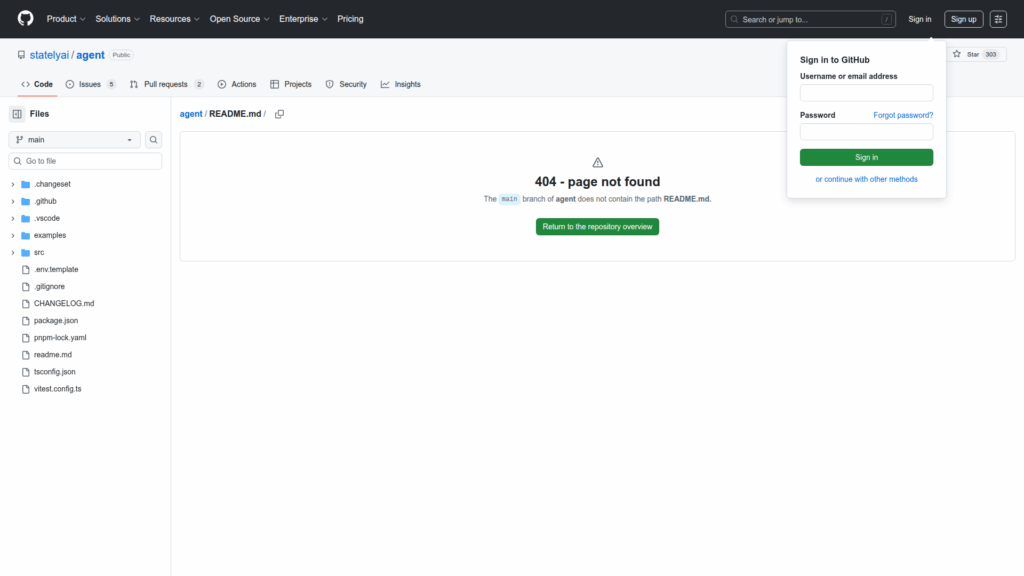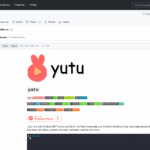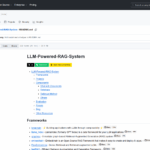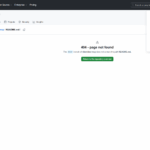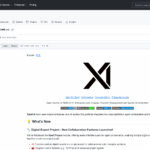Basic Information
This repository, named agent and published by StatelyAI, is intended to help developers build LLM-driven agents whose control flow is modeled as state machines using XState. It provides a focused approach for constructing agents where behavior, decision points, and conversational or task progress are captured as explicit states and transitions. The core purpose is to combine the expressiveness and formalism of XState statecharts with large language model capabilities so that agent behavior can be defined, inspected, and executed in a predictable, programmatic way. The project targets engineers and teams who want a structured foundation for agent orchestration rather than ad hoc prompt sequencing or purely generative flows.
Links
Stars
299
Language
Github Repository
Categorization
App Details
Features
The repository centers on state-machine-powered agent design using the XState model and LLMs. Key aspects include explicit state and transition modeling to govern agent behavior and event-driven control to sequence LLM interactions. The approach emphasizes deterministic flow control around otherwise probabilistic language model outputs so agents can be scoped and constrained by defined statecharts. It is intended for composition of behavior into named states and transitions, enabling clearer reasoning about agent logic. As a StatelyAI project, it signals alignment with XState concepts such as statecharts, events, and guarded transitions to manage agent interactions with external inputs and model outputs.
Use Cases
By representing agent behavior as XState state machines, this project helps developers impose structure and predictability on LLM-driven workflows. It makes it easier to reason about complex multi-step interactions, handle edge cases through explicit transitions, and maintain or iterate on agent logic as requirements change. The state-machine paradigm supports modularity and reuse of behavior patterns and can simplify debugging by tying observed outputs to concrete states. For teams building conversational agents, tool chains, or orchestration layers that rely on LLMs, using statecharts can reduce unintended behavior and clarify where prompts and model calls occur within a controlled lifecycle.

